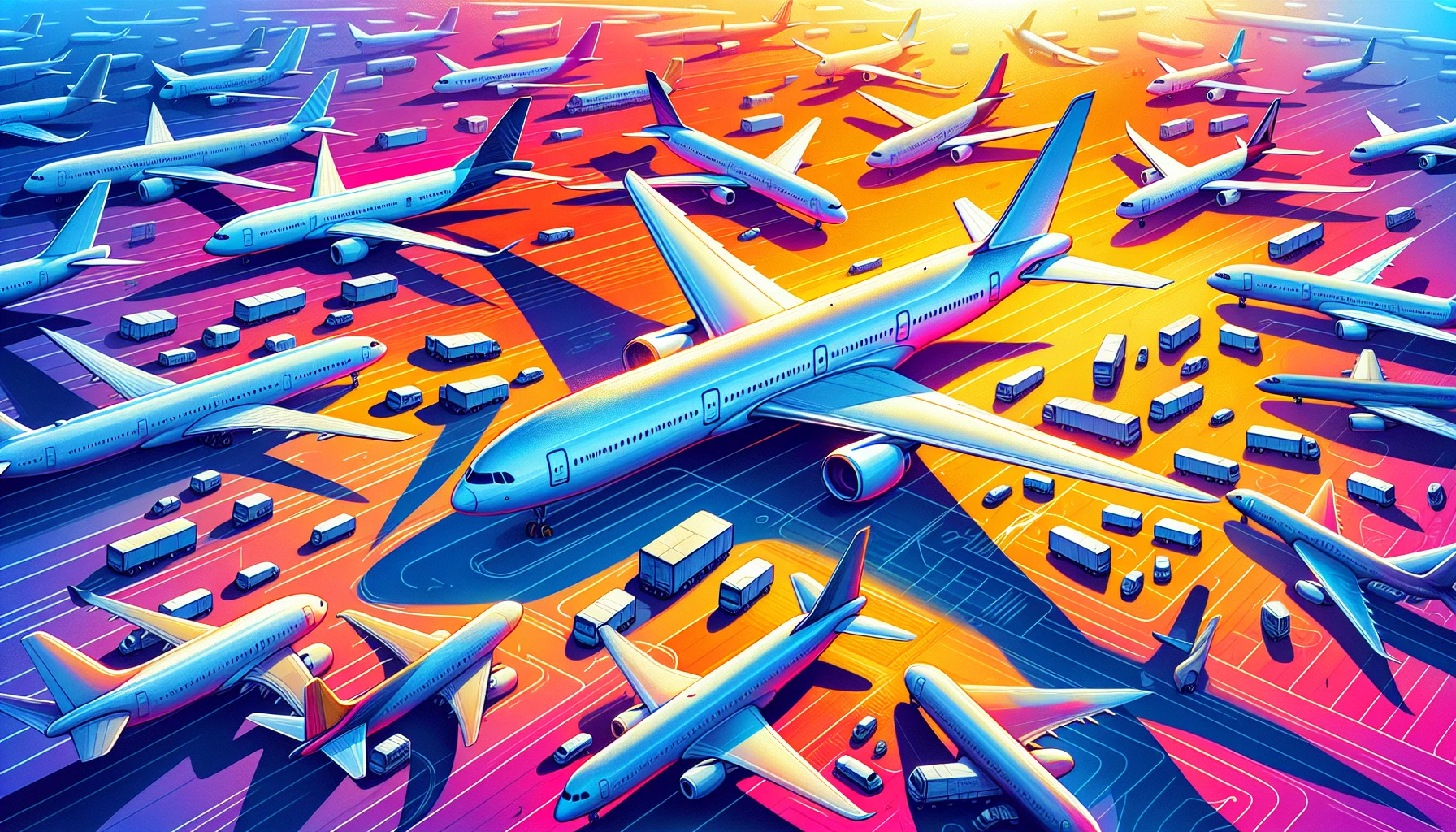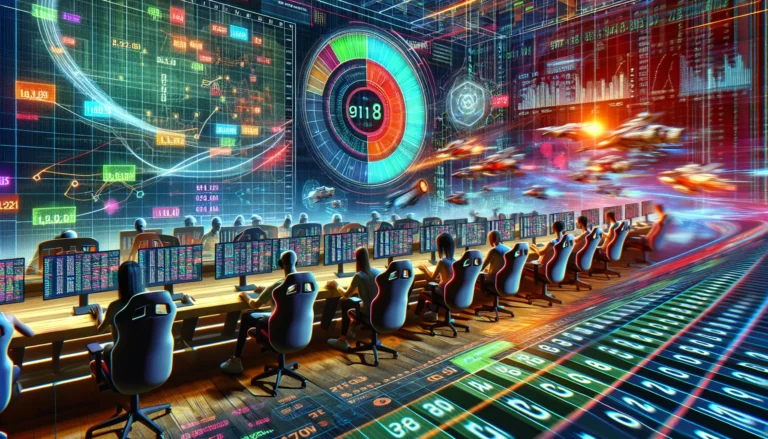If you’ve ever been bored at an airport, you’ve probably spent some time staring out the window at the airfield. Occasionally, you might have noticed a plane that looks vastly different than the others, like Korean Air’s sky-blue paint jobs, Spirit Airlines’ obnoxious yellow livery, or maybe one of All Nippon Airways’ Pokemon-themed jets. These designs really stand out in a sea of plain white planes. But that leads us to an obvious question. Why is white the default color for passenger airplanes?
Corrosion Control and Paint
Corrosion control is essential when firing a metal tube through the atmosphere at over 500 mph on a regular basis, which is the primary purpose of a plane’s paint. Prior to the 1950s, planes weren’t typically painted white. In fact, they often weren’t painted at all, just regularly polished, because the paints available were heavy, expensive, and didn’t adhere well to the metal fuselage. But primers and paints gradually improved in adherence and durability. Bare metal required polishing roughly three times annually, while a new coat of paint is only needed every few years, making polishing around 0.06 to 0.3% more expensive. And that’s reason enough.
Weight Considerations
But paint can add significant weight to a plane, so paint for commercial aircraft is ideally both durable and lightweight. According to Boeing, the typical white paint on a large commercial aircraft like a 747 adds up to 555 pounds when dry. It’s a tiny fraction of the overall weight of the aircraft, but every pound of weight increases the fuel burned during takeoff and flight. That’s part of why most airlines charge fees for luggage, because regardless of whether you pack less or pay up, they’re maintaining their profit margin.
Dispelling the Myth
However, there’s a common misconception that paints that are lighter in color are also lighter in weight, and that’s why planes are painted white. While it’s true that a higher concentration of pigment will result in heavier paint, the total weight depends on the specific pigment being used, not necessarily the color. But if white paint isn’t any lighter weight-wise, why are so many planes white when they clearly don’t have to be?
The Advantages of White Paint
White paint has a high albedo, meaning that it reflects most of the light that hits it, while darker pigments absorb sunlight. This means that dark paint leads to excess heat and more fuel expended on cooling the cabin, so you don’t bake like a potato during your trip. And that extra fuel, again, costs the airlines more money. Dark paint is also likely to accrue sun damage faster, basically the opposite of how it works for people, because the dark pigment absorbs more UV radiation, which breaks apart the molecules in the paint. Minimizing damage and heat from solar radiation is also why satellites, space shuttles, and the International Space Station are white.
Visibility and Safety
White paint also has other advantages. While military planes are often painted gray to blend into the tarmac or a hazy sky, commercial planes need to be as visible as possible on the tarmac. Some runways are busy 24-7 even in terrible weather conditions, and while collisions are rare, that extra visibility matters. White paint also makes it easier to spot cracks and other kinds of damage to the aircraft exterior before packing them with people. Generally a good idea. And that’s why commercial airplanes are white, because it reduces heat, saves money, and increases safety.
Conclusion
Now, if only they could increase the legroom, am I right? The color of commercial airplanes plays an important role in maintaining the safety, efficiency, and cost-effectiveness of air travel. White paint helps to reflect sunlight, reduces heat absorption, and minimizes the risk of sun damage. Additionally, white paint enhances visibility on busy runways and allows for easier detection of potential damage. So the next time you see a white airplane at the airport, you’ll know it’s more than just a default color choice.



